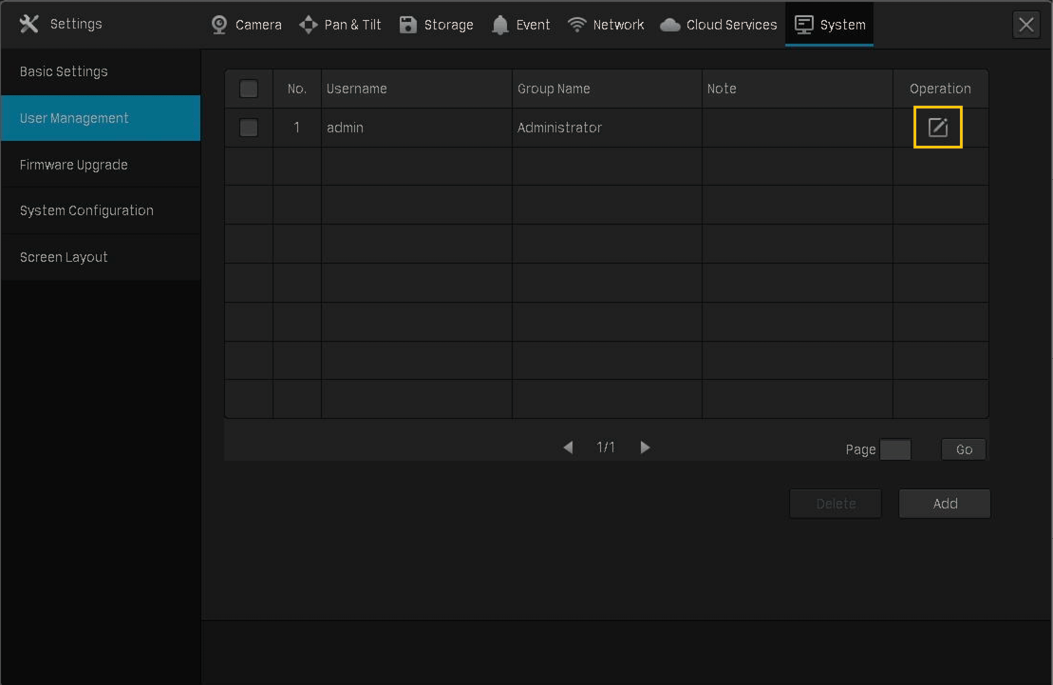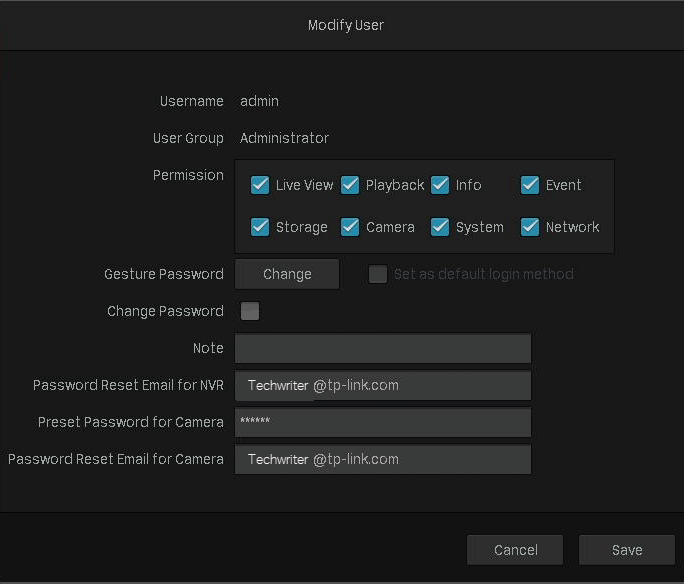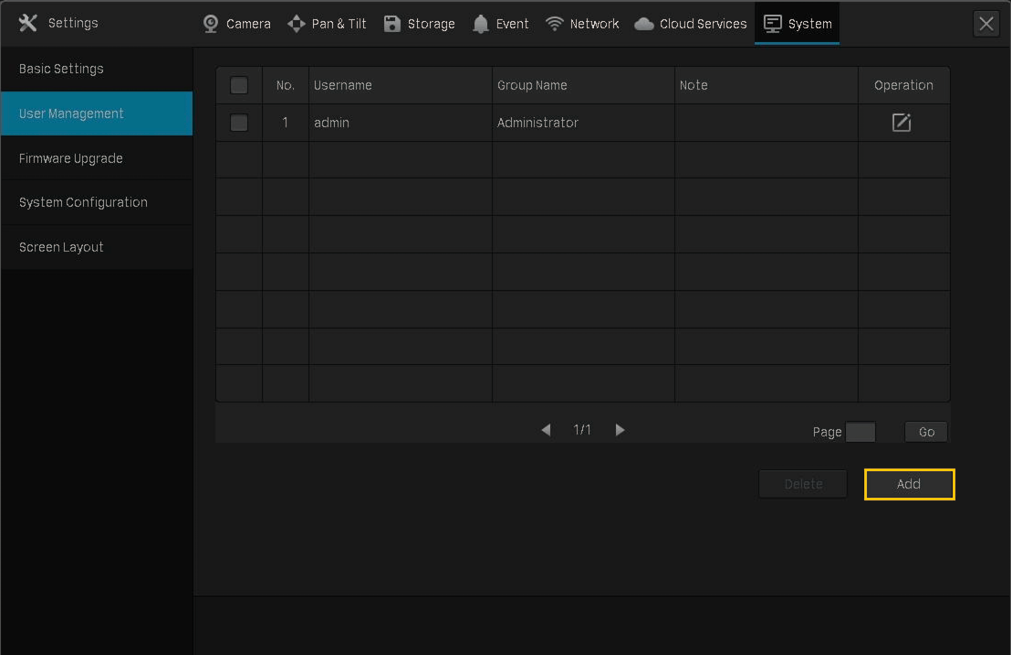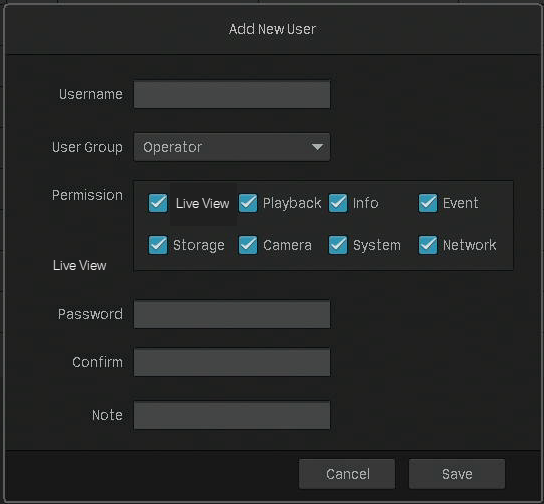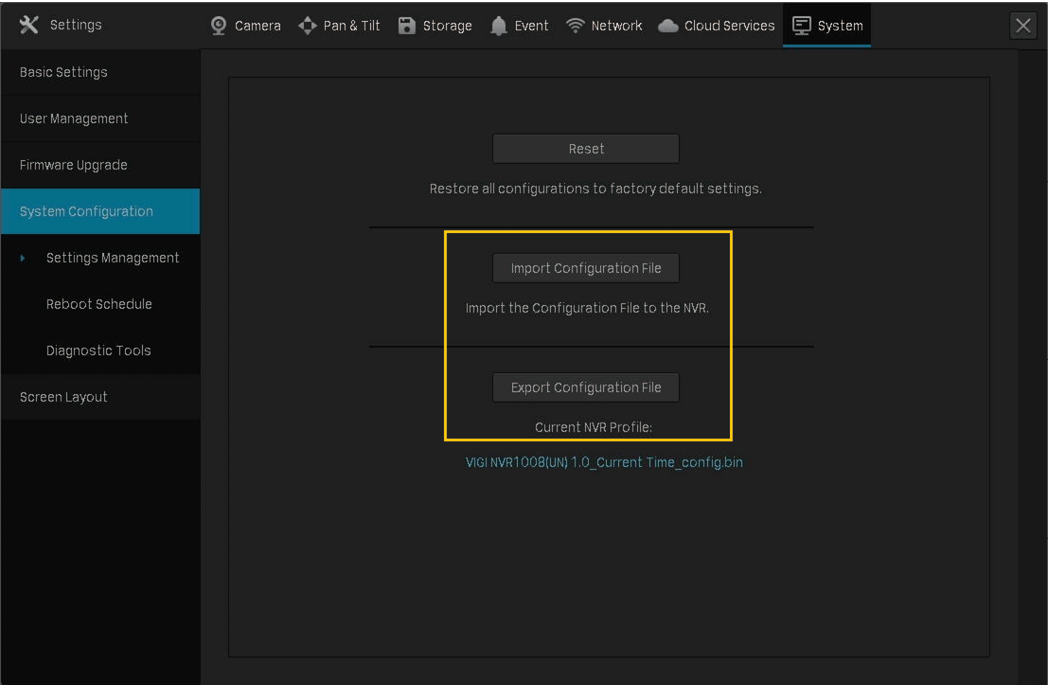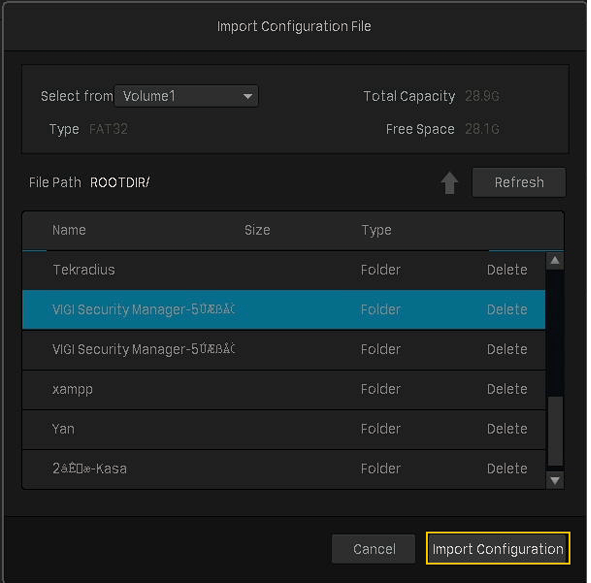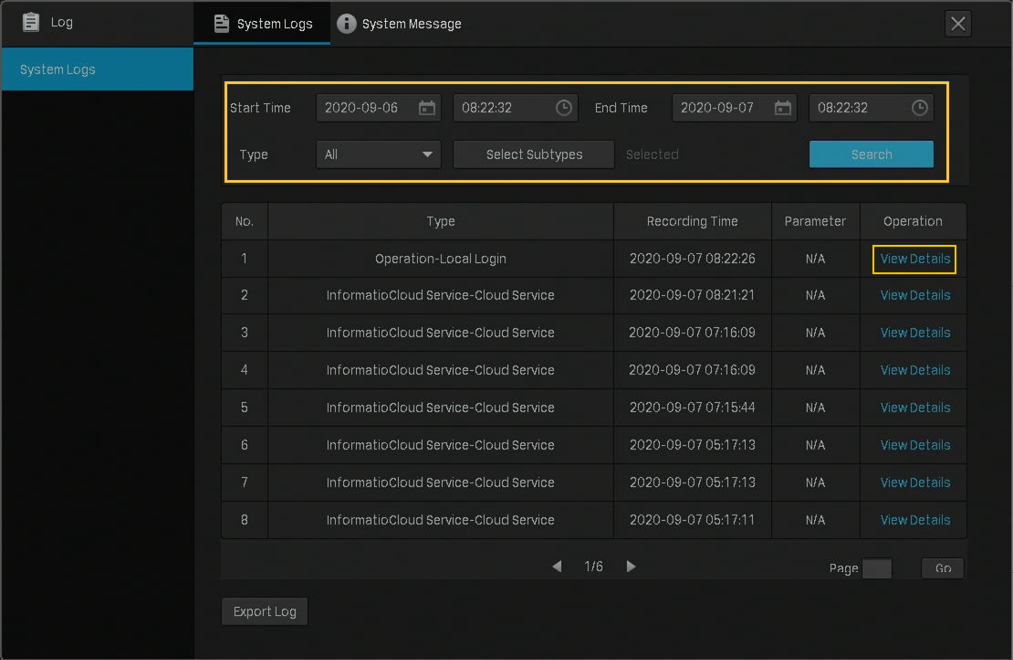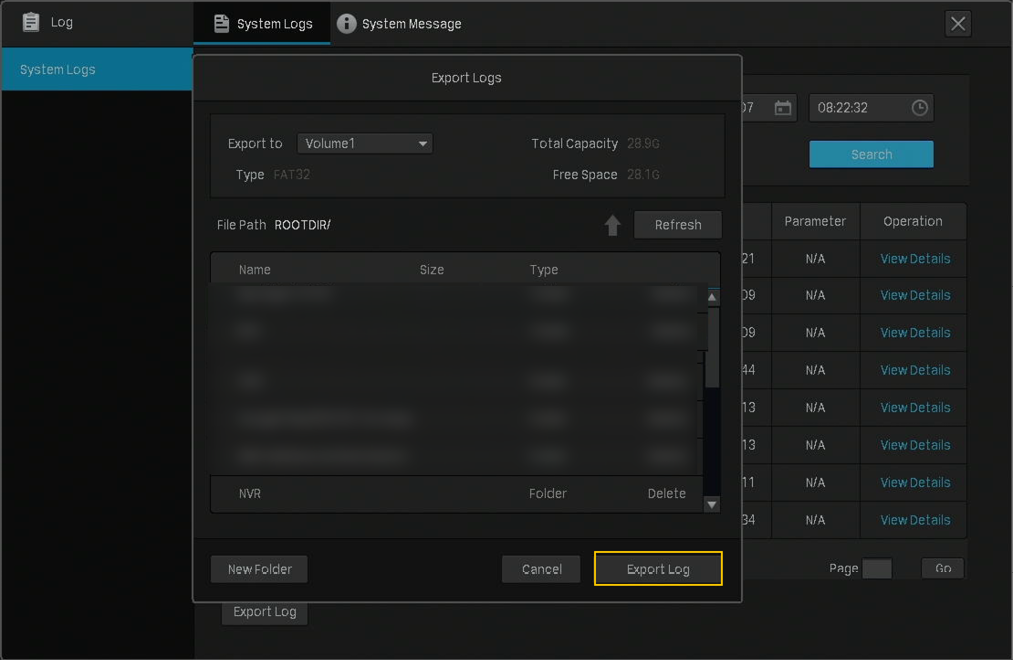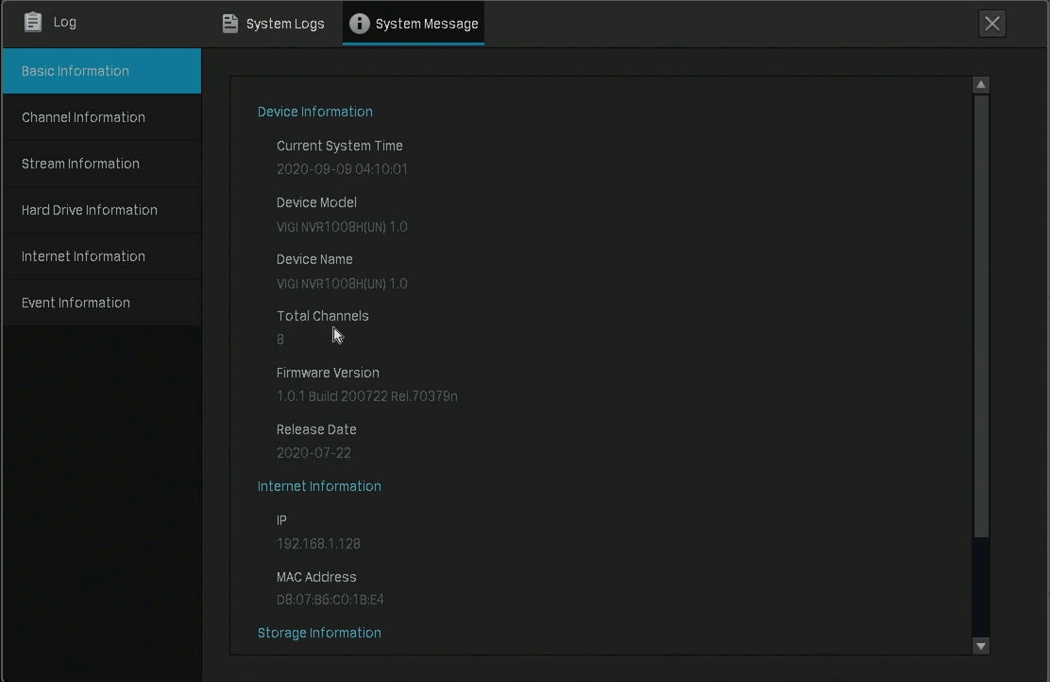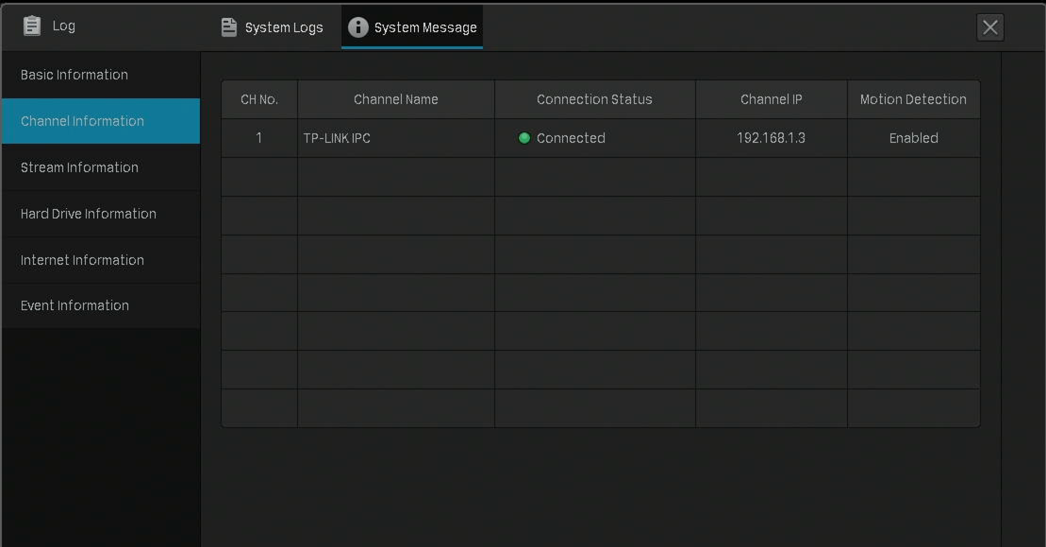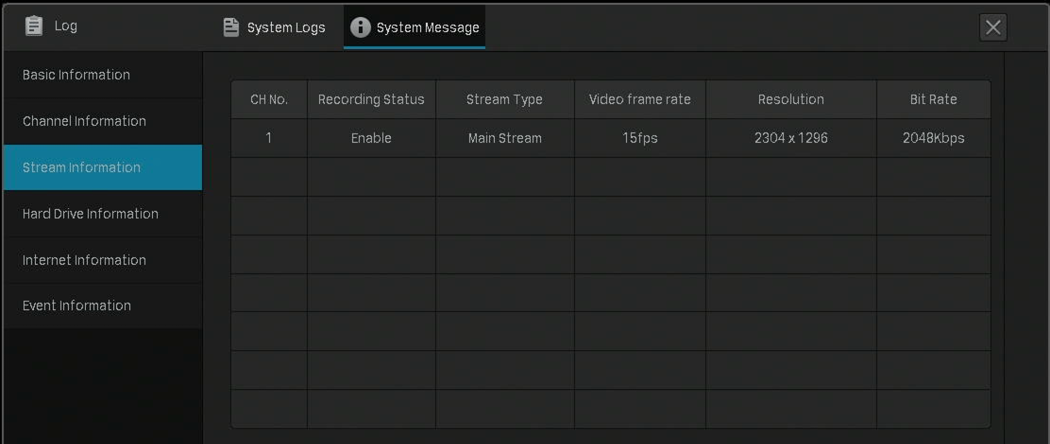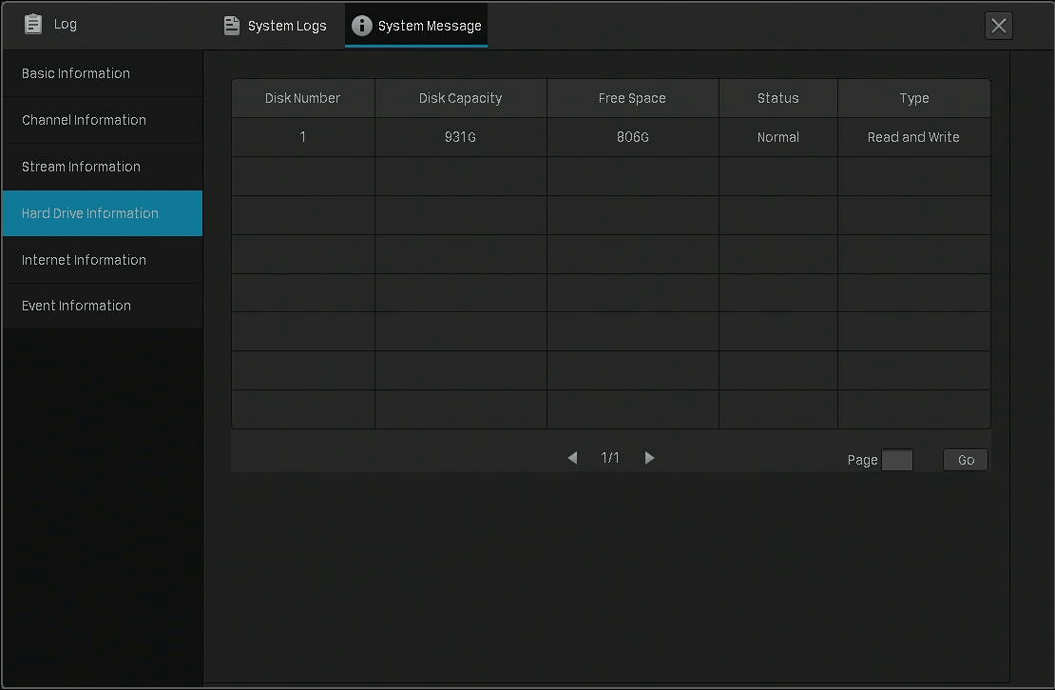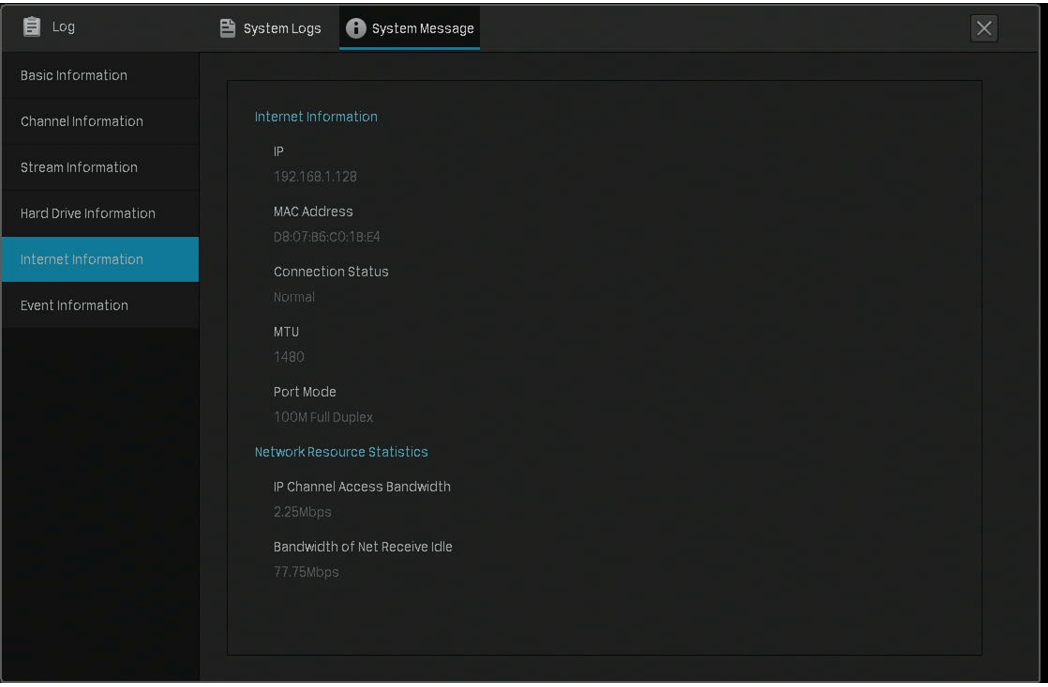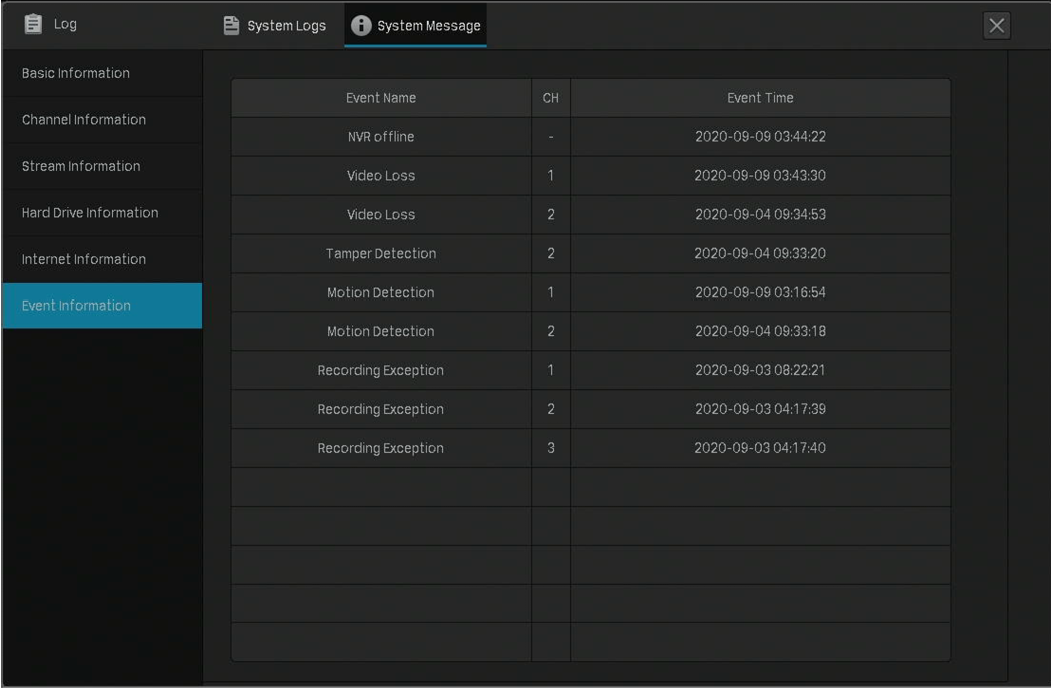Network Video Recorder User Guide
System Management
This chapter guides you to configure the basic and advanced settings of your NVR, export and import settings, and view system logs and messages on NVR. VIGI NVR allows users to create and modify administrator accounts based on their needs. This chapter includes the following sections:
To configure the settings for your NVR, right click on the Live View screen and click Settings in the pop-up main menu, then go to System > Basic Settings > Basic Settings.
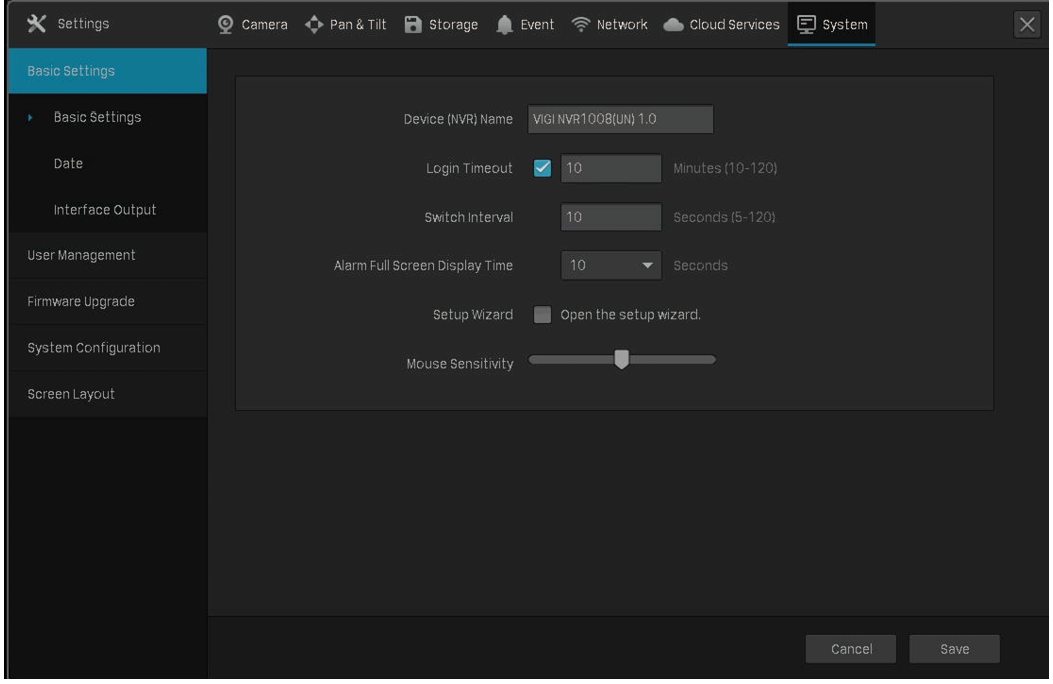

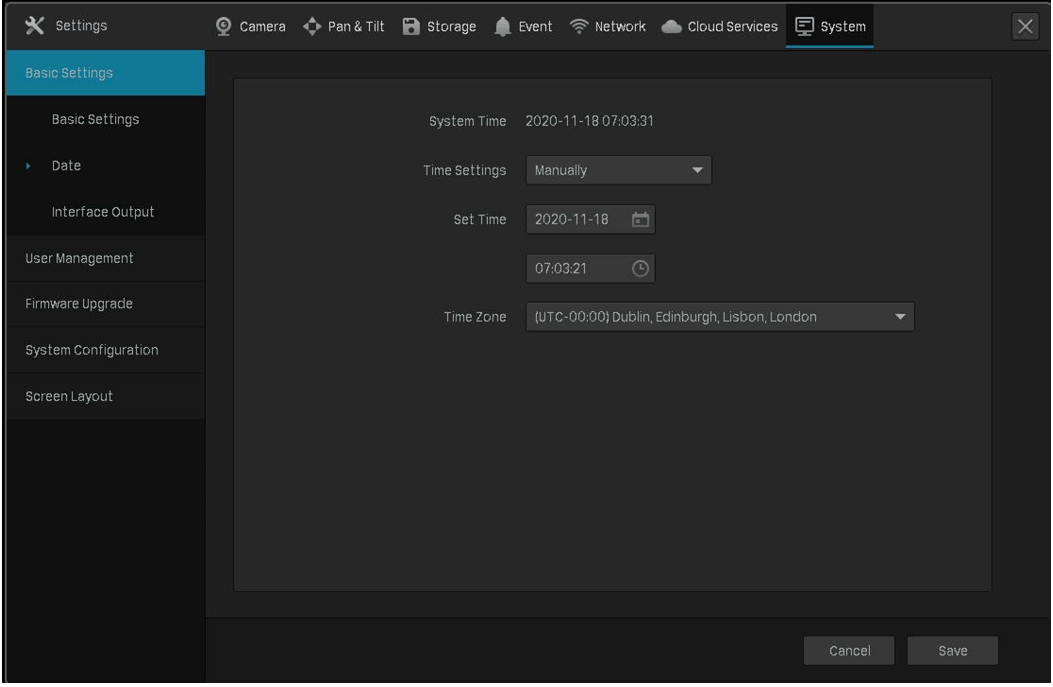
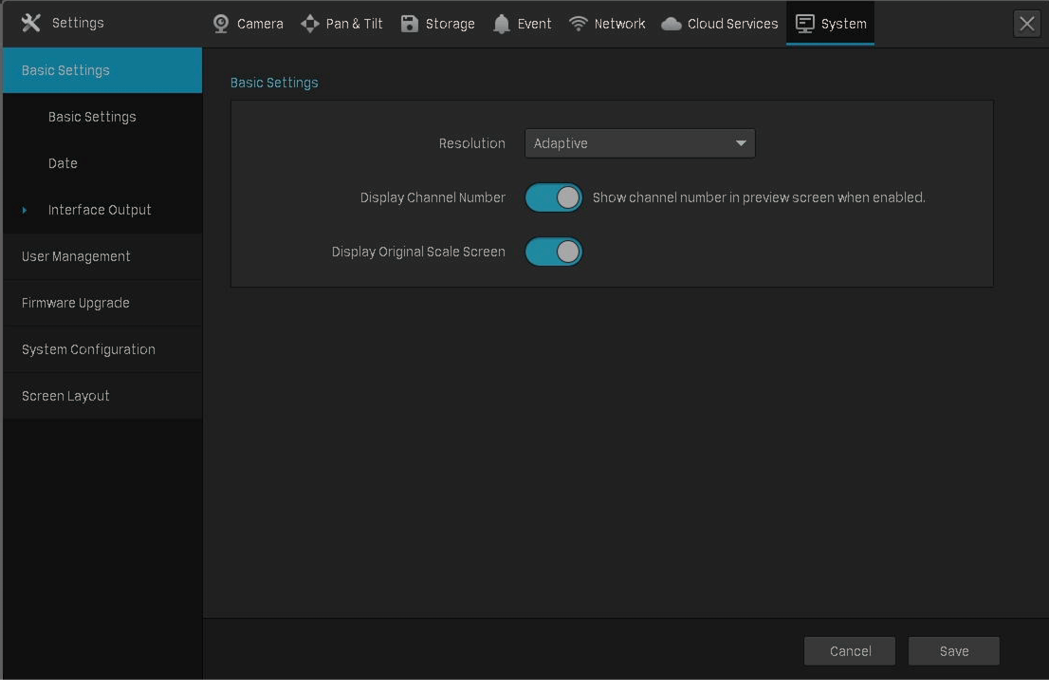
 to modify the settings.
to modify the settings.
